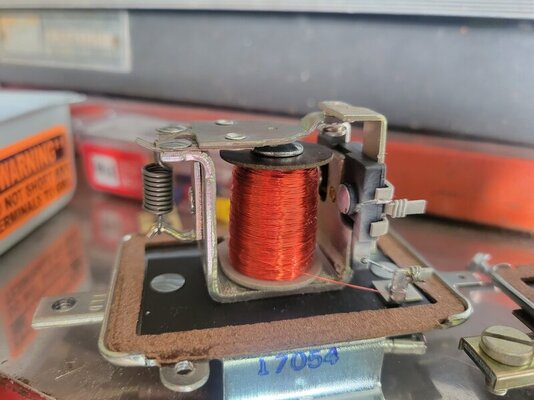So I have been trying to chase an issue with my battery not showing it is charging. When I test at the battery with the key off I am at 12.6, running around 12.3/12.4 never appears to be charging. Below is everything I have done and just looking for suggestions.
Is there another test I should be doing to verify what is truly the problem?
Thanks Don
- Had Alt tested at local auto store and passed
- Had battery tested and pasted
- Tested Alt Stud with key off - gets same as battery 12.6
- Tested Alt stud while running getting 11.8ish
- I have removed the FLD line (Single line Alt) and grounded straight to the car firewall still getting 11.8ish at Alt Stud
- I have tested with key on Blue wire at voltage regulator and get voltage
- Replace voltage regulator... no change in issue
- Ran bypass wire from ALt Stud to battery positive no change
- Verified Fuse Link has continuity along with all other lines for Alt to VR
Is there another test I should be doing to verify what is truly the problem?
Thanks Don


















